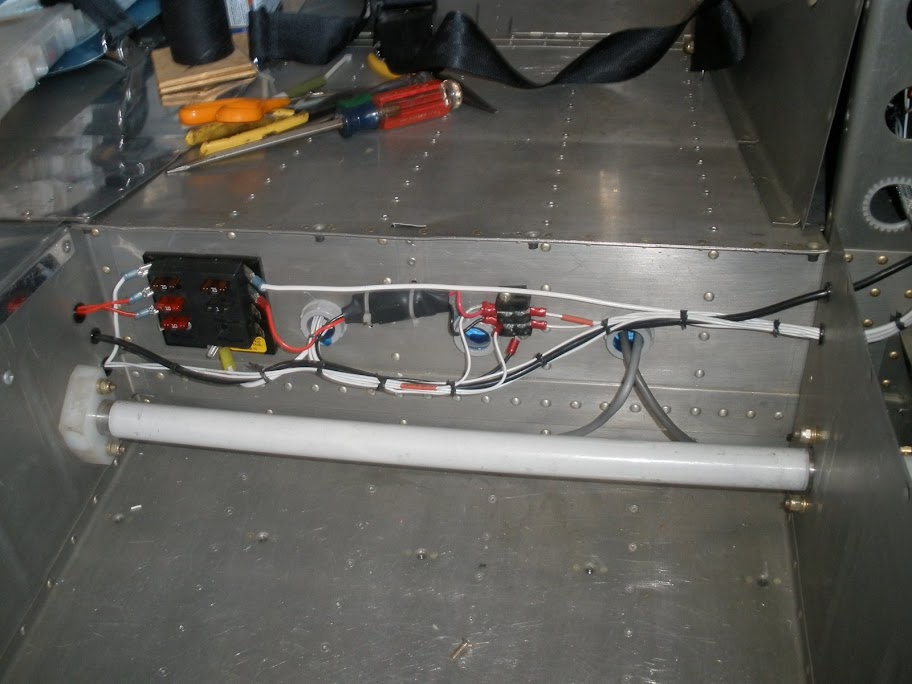BoilermakerRV
Well Known Member
I'm preparing to do my first round of wiring in my wing (pitot heat, wing tip lighting). I've chosen to use lacing cord as opposed to zip ties, but I'm having trouble identifying the correct product to use. All the products I found on Aircraft Spruce's website talk about rib lacing, which I don't believe is the same thing. However, I recognize that the rib lacing cord may also be usable for wire bundling. Thoughts on round/flat or waxed/non-waxed?
Thanks!
Thanks!









